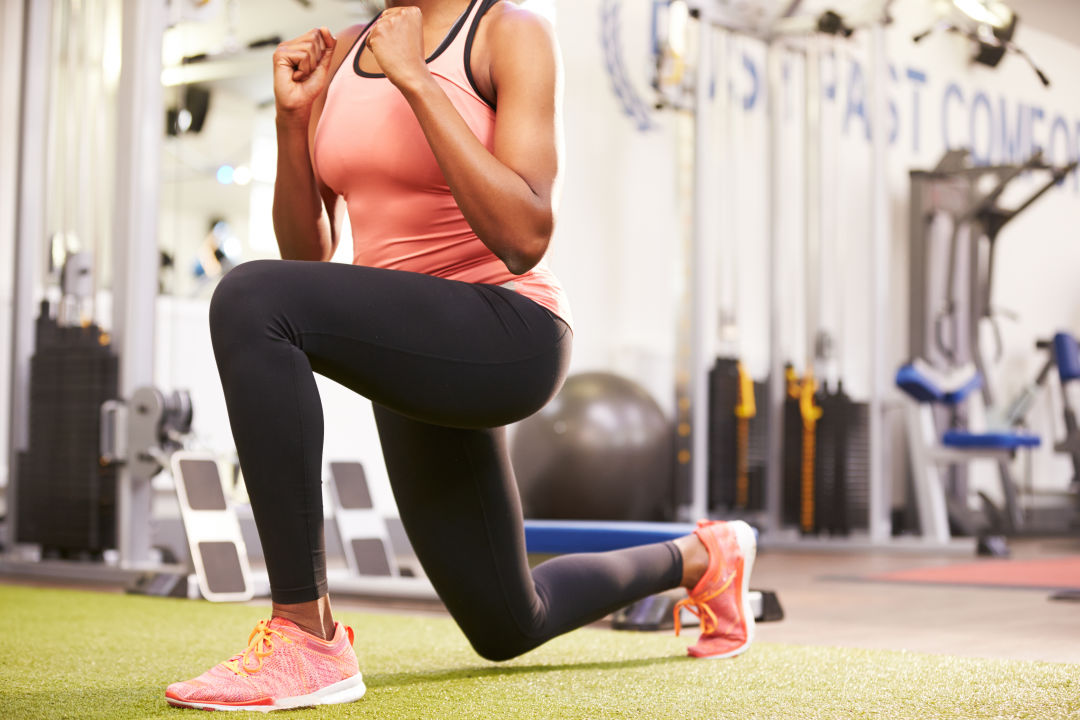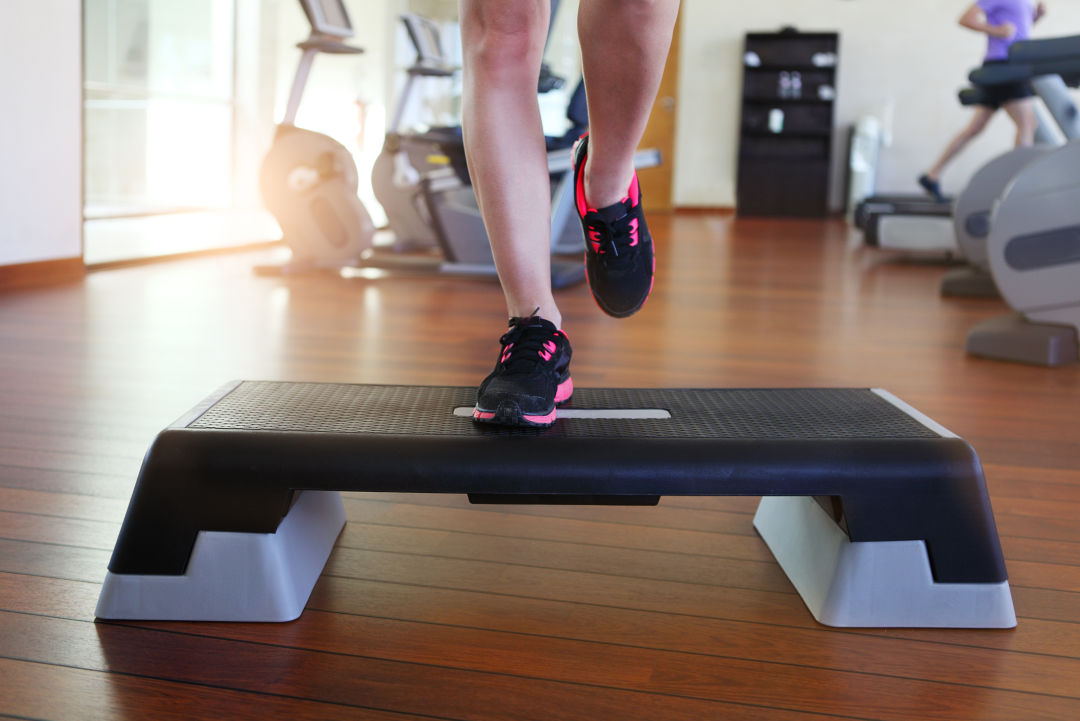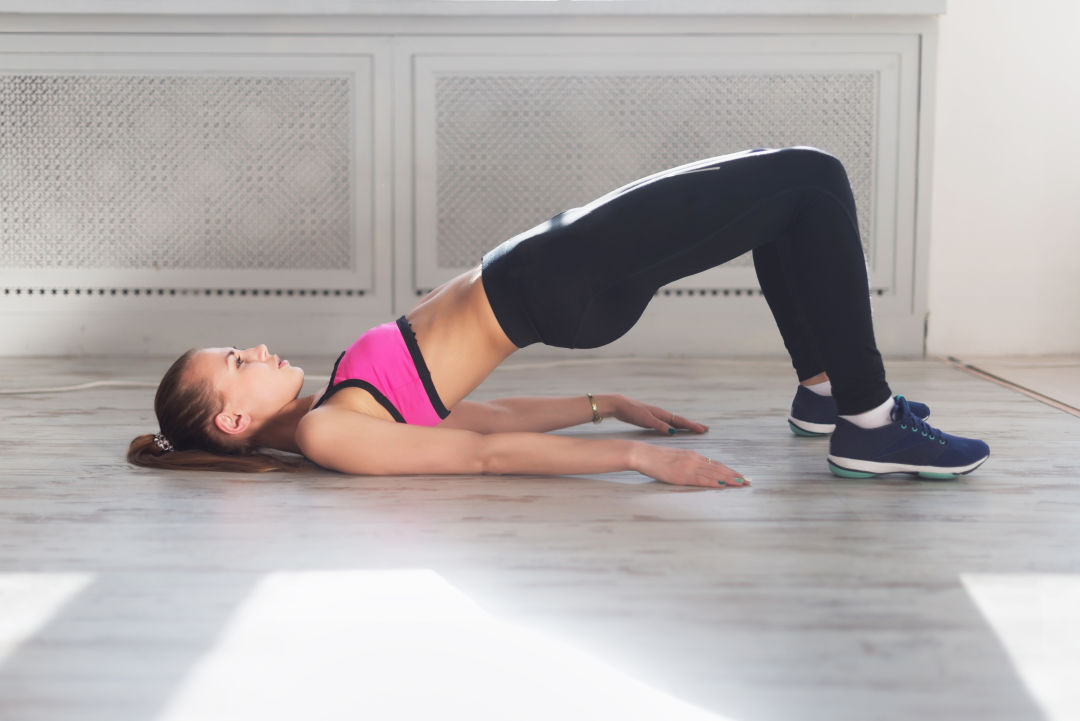Prehab 101
Lexi Mossman has come a long way since her days as an athletic trainer at the University of Michigan, where she spent her college years khaki-clad, frequently hustling onto the field at Michigan's Big House to provide injury evaluation for some of the school's most revered athletes. "I was primarily with the football team and hockey teams, but I also did a few semesters with the field hockey team and female track and field athletes," she says. "I've seen a lot of injuries, and at a place like University of Michigan you’re responding to them in front of over 100,000 people and they're all watching you, but as athletic trainers we’re ready for that." A valley local since graduating in 2014, she's gone on to start Mountain Fit—a kind of mobile, freelance athletic training business based in Edwards that offers in-hotel-room injury evaluation for tourists (or same-day injury assessments for locals), along with a slew of post-powder day recovery options (like NormaTec booties that give wearers a mix of compression and massage).
Mossman typically sees clients after they've injured themselves, although she'd tell you that the key to avoiding her services happens before you hit the slopes. Her first piece of advice is to start the day without too many changes in your routine. "For locals the one thing I always say for every sport is don’t change your pattern," says Mossman, "For instance, whenever I run, I always start cold—I just put my tennis shoes on and go for a run and that’s always worked. Some people love their 10 minutes of stretching or their light yoga, and we typically see injuries when we change that, so if I were to do a 10-minute slow stretch and really lengthen my muscles before I went for my run, that’s where I could see myself possibly having some problems. For people that are used to stretching and then they start cold it’s the same thing, so if you have your routine and it works for you that's great." That warmup could be as dumbed down as a bagel, coffee, and some jumping jacks, but Mossman says if your body is used to certain patterns before performing, it's best not to mess with it too much.
For tourists who might only ski a handful of days a year, or hard-charging locals looking to strengthen areas that are prone to weakness, adding a more comprehensive warm up before you hit the slopes or a few exercises to your regular fitness routine is an effective piece of prehab (the sports medicine world's buzz-word for strength training for the explicit purpose of injury prevention) that can help with everything from nagging aches and pains to major injuries like blown out knees. Mossman says that the most effective areas to concentrate on are the large muscle groups located on our front and backsides — your core and glutes. "Your big muscles are your butt and your core, and people tend to use their quads and their back, which are smaller, less efficient muscle groups," she says, "If I catch an edge when I'm going downhill and I find myself only on my right ski, my back muscles aren't strong enough to pull me back up, or if I’m really quad heavy, my glutes and my hamstrings aren’t firing so I’m probably going to fall forward." When people start recruiting smaller muscles to take on a workload designed for much larger muscles, it can also lead to soreness, or more pronounced muscle imbalances (as Mossman describes above), like huge quads and weak hamstrings, which—over time—can lead to more catastrophic injury, like an ACL tear.
So, where to begin? Mossman walked us through some of her favorite exercises that she uses for her ski-day warm up, although she advises incorporating them into your regimen if you already have a go-to winter conditioning workout, too. And if even if you're not into crushing steeps, adding some prehab-type exercises into your routine will optimize your movement for all walks of life — and sculpt your backside in the process.

Lunges add strength throughout your entire posterior chain, and help improve one-legged stability.
Image: Shutterstock
Lunges
Super-functional lunges target the quads, but require muscles all along your posterior chain—calves, hamstrings, and glutes—and your core to move through the motion of stepping forward with one leg. They're also important to train yourself to recruit your big muscles (core and glutes) when you're on one leg—like when you're sliding on one ski trying to recover and not fall. If your own body weight doesn't give you enough of a burn, try adding weight (holding a kettle bell with your pelvis tucked and your back straight at mid-chest height), or a dumbbell in each hand. If you're folding forward or compromising form to get in reps, ditch the extra weight and focus on flexing your core and butt to correct the movement.

Ab roll-outs are all about the core — and glutes! Keeping your glutes tight as your stretch forward is just as important as flexing your core.
Image: Shutterstock
Ab Roll-Outs
Consider the ab-roll out the harder and more shake-inducing cousin of the plank (what an introduction!). Using a foam roller, an ab wheel, or a medicine ball (listed in order of increasing difficulty), get into a kneeling position and place your hands on your equipment of choice. Flex your glutes and core as you roll the ball (or wheel or roller) out, keeping your back straight and your upper body parallel to the floor. Once you reach the end of your extension, pull the ball back in. If you find that you're arching your back or holding a lot of tension in your shoulders, reevaluate your body position until you feel more tension in your big muscles groups.

Find a height between your ankle and knee for the exercise, and if you want to make it more challenging, step up holding a set of dumbbells.
Image: Shutterstock
Single Leg Step-Ups
Another favorite for improving single-leg stability while also working your most powerful muscles is the single leg step up, which essentially is just a stair-style stride with added height. You can use anything from a bench, chair, or aerobic platform to do the motion, with the optimum height being somewhere between your ankle and knee. Clench your glutes as you step up with one leg, either tapping the platform with the opposite leg or hovering just above it before you back down. Tighten your core on the way up to prevent yourself from bending forward, and keep tension on your big muscles, not your smaller chest muscles to help with the workload.

The key with the glute bridge is focusing on keeping a straight back while flexing your butt and abs — and not trying to arch.
Image: Shutterstock
Glute Bridges
The glute bridge is intended to get your buns firing, and train them to be your go-to muscle group when you hit the slopes. This exercise isn't about arching (like its yoga cousin, the wheel), it's about using your gluteus maximus to thrust your hips off the ground, while also contracting your core. Lay on your back, and bend your knees so the bottoms of your feet are touching the ground at a distance that's hip-width apart, and contract your butt muscles in order to thrust your hips off the ground. If you're arching your lower back to complete the motion, draw your belly button inward and tuck your tail bone, squeezing your butt to correct yourself.






































